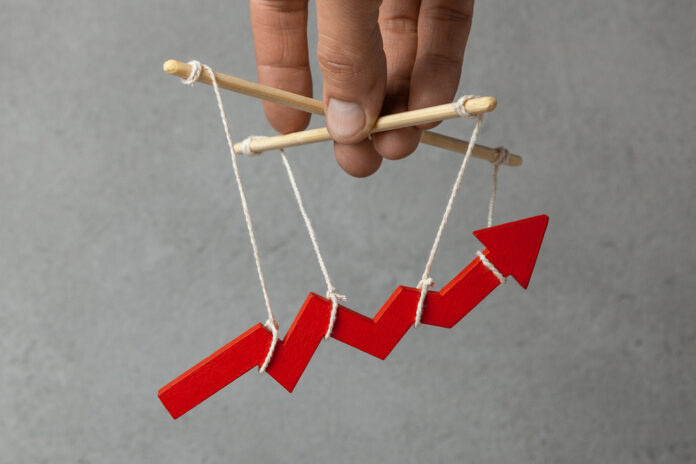Throughout history, governments have argued that enforcing price restrictions will improve the economy, making them look like a hero in shining armor to the public. Although the government’s goals may seem noble and hopeful, these price-controlling measures end up doing more harm than good. Price controls are minimum or maximum prices mandated by the government and specified for various goods and services. They are implemented to govern the market’s affordable goods and services availability. Minimums are referred to as “Price Floors” and maximums as “Price Ceilings.”
The fundamental building block of economics is determining market prices through the dynamic interaction of supply and demand. When the government implements a price control, it establishes the market price of a good and forces all or a significant portion of transactions to occur at that price rather than the equilibrium price determined by the interaction of supply and demand. Although supply and demand constantly fluctuate in response to preferences and costs, the government price will change only after a drawn-out political process. Hence, the government price will effectively never be an equilibrium price. In other words, the government price will either be too high or excessively low.
When the price is too high, which is usually done to increase producers’ incomes, there is an excessive supply of the product in the market. The government then makes matters worse by buying the extra produce at the predetermined price. Serious issues arise when the government lowers prices below the equilibrium level since buyers now want more of the product than the manufacturers can supply.
In either of the situations, price controls result in severe welfare losses and “deadweight losses,” i.e., the income lost forever due to this missed opportunity to generate producer and consumer surplus. Hence, it is crucial to remind decision-makers about the consequences of price restrictions whenever they are suggested as a government policy. By reducing prices, the government wins the support of its constituents and voters. When the government boosts prices to support the industry’s health, it also wins the help of lobbyists and businesses. Given these advantages to politicians, it is not surprising that price control has been prevalent practice throughout the history of large economies.
Governments worldwide continue to use price restrictions despite the concerning history of doing so and in certain situations, even hiding these price controls under complex pricing plans. Without making artificial interventions, we must let the market function. A well-functioning competitive market facilitates trade and creates incentives for utilizing resources. It has a remarkable capacity for self-adjustment without outside influence. The best market functions by letting prices do their job.


